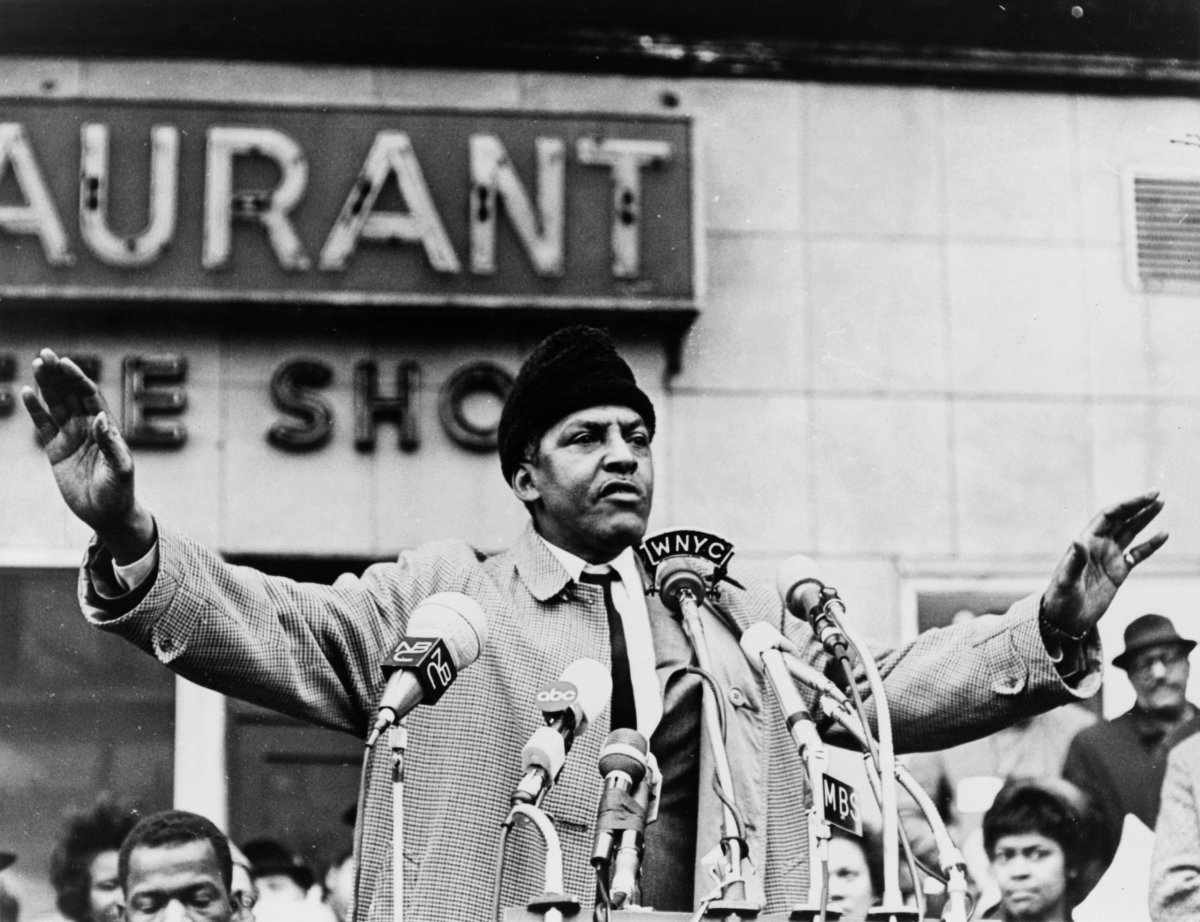By JERRY TALLMER
There is a beautiful girl with a narrow face and long dark hair on the cover of the published edition of “Private Jokes, Public Places,” a play by Oren Safdie that’s at La MaMa from May 1 through May 18.
On an inside page there reads the dedication: “for Myung-Jin.”
The only female in the cast is listed as M.J. Kang.
These are all the same people. And they are also she is—Mrs. Oren Safdie.
“As a matter of fact,” says Oren Safdie, “we met at La MaMa, in 1998. She was interning for Pan-Asian Rep, and I was rehearsing ‘Jews & Jesus,’ Safdie’s audaciously irreverent but serious comedy about interfaith love.
Nobody in that play was Korean-born, however. Myung-Jin Kang, whose father runs a store and is in real estate in Toronto, was born in Korea and brought to Canada by her parents at age 2. She is not only a film actress (to be seen in the just-opened film “Owning Mahowny”) but a playwright herself, heralded as a “wunderkind” by the Toronto Globe & Mail, her husband would like you to know.
Safdie is a bit of an architect/playwright/wunderkind himself, in specific the kind, that is to say the son, of world-renowned architect Moshe Safdie, the man who designed Montreal’s 1967 interlocking Habitat complex of apartments alongside the St. Lawrence River. Oren grew up there until age 2 and then again from ages 10 to 19.
And everything worked?
“Yeah.”
Better than the Olympic Stadium which was built (not by Moshe Safdie) for the Expos the same year. “Like a huge concrete flying saucer,” says the younger Safdie. “Full of echoes. The roof doesn’t work, never worked. I think it helped kill the team.”
Oren Safdie’s “Private Jokes, Public Places” is a play about architecture, or in any event about a young woman named Margaret who, for her degree in architecture, is presenting her model and drawings of a project for an urban swimming pool to an academic jury of three males, two of whom—a German and a Brit—are caustic, highfalutin snobs.
The third, her immediate professor, is younger, American, and a bit sweet on her. Safdie characterizes him as “The pushover.”
Is the pushover you?
“No. I’m no pushover. I’m more the student. In fact the model of the public swimming pool in this play was my model for second-year architectural school [at Columbia University]. We were given a site downtown, at Ninth or Tenth Avenue and 19th Street somewhere.
“I was really concerned with thinking of this building as a real building. Whereas most of the others in the class did wild schemes that would never be built [one entry in the play is a swimming pool suspended from four helicopters]. A real building—that’s what I always thought architecture was all about.”
There were 70 or 80 students in that class to begin with. “By third year, they’re intimidated enough to drop out. It’s kind of like boot camp.”
Oren did not drop out. He got his MFA, “but it’s sort of like a lawyer: If you want to build something, you have to pass the equivalent of a bar exam.” He never took the exam, and his only follow-up “was working summers for my dad, in Boston or in Israel, doing little details or surveys. The drainage system for a footbridge in Yad Vashem [the Holocaust Museum in Jerusalem] is my contribution to architecture.”
Margaret’s contribution will ultimately be somewhat larger.
“You see,” she says when at last she turns the tables on her interrogators—rather like the student in Ionesco’s “The Lesson” (which Safdie had never read) —”you see, people don’t care what philosophers we’ve studied or which computer graphics program we use. They don’t care about Nietzche, Freud, or for that matter Le Corbusier. What they do care about is what sort of environment they live in…
“I do know that the people who will come to use my swimming pool will come back to use it again. And I do know it will make them feel a little better about life.”
When Safdie abandoned architecture for writing, he didn’t look back for quite a few years. In part, “Private Jokes, Public Places” is “sort of a nice way of revisiting architecture,” and also in part, sort of an answer “to the critics who slaughtered my ‘Fiddler Sub-Terrain’ a couple of years ago—my response to those who say: ‘You can’t do this.’ “
If Ionesco perceived teaching (or indeed communication) as absurd, Oren Safdie sees most contemporary architecture as absurd. “Nowadays it’s architects as superstars, with outsize egos, rather than giving their services to society and to the people.”
Three he likes: “Renzo Piano, who’s doing the new New York Times building, and Tadeo Ando of Japan, and Norman Foster, who wanted to do the rebuilt Twin Towers as spirals, and did a beautiful high-rise bank in Hong Kong. And Frank Lloyd Wright. And, you know, my dad.”
At present, the habitat of Mr. and Mrs. Oren Safdie of Montreal, Toronto—and points east—is the Upper West Side of Manhattan, quite a long swim from La Mama E.T.C., at 74A East 4th Street.





































